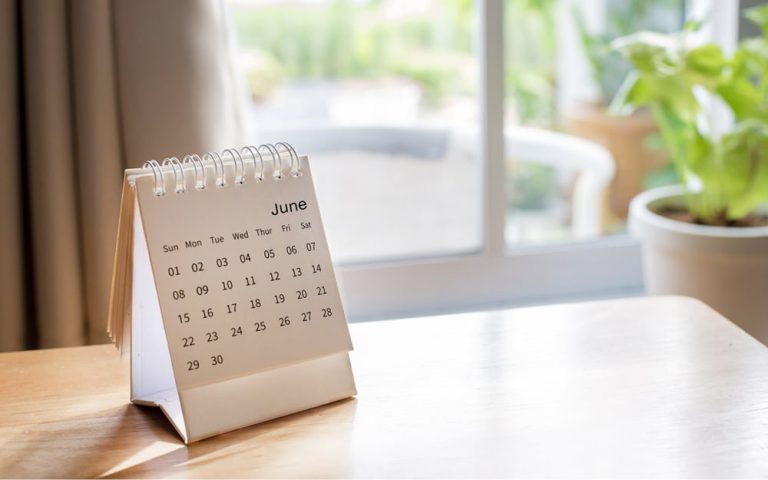June has arrived and so has winter, as the financial year draws to a close. Now that the federal election is out of the way, it’s time to focus on planning for the future with more certainty.
Cost of living pressures, inflation and interest rates were major concerns in the lead-up to the May federal election. The Reserve Bank of Australia (RBA) lifted the cash rate for the first time in over 11 years from 0.1% to 0.35%, as inflation hit 5.1%. This followed the US Federal Reserve’s decision to lift rates by 50 basis points to 0.75-1.00%, the biggest rate hike in 22 years as inflation hit 8.5%. Global pressures are largely to blame, from war in Ukraine and rising oil prices to supply chain disruptions and food shortages. The price of Brent Crude surged a further 27% in May.
As a result, the RBA has cut its growth forecast for the year to June from 5% to 3.5% and raised its inflation forecast from 3.25% to 4.5%. On the ground, the economic news is mixed. New business investment fell 0.3% in the March quarter but still rose 4.5% on the year. The NAB business confidence index fell from +16.3 point to +9.9 points in April, still above its long-term average. Adding to inflationary pressures, labour and materials shortages and bad weather saw building costs rise 2.8% in the March quarter, while retail trade rose further in April to be up 9.6% over the year.
On the positive side, unemployment fell further from 4% to 3.9% in April, the lowest rate since 1974, while annual wages growth rose slightly in the March quarter from 2.3% to 2.4%, still well below inflation.





































































